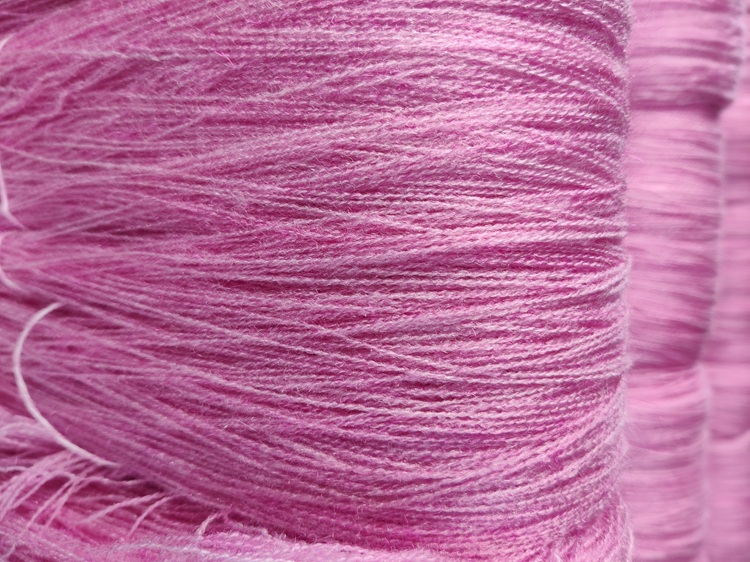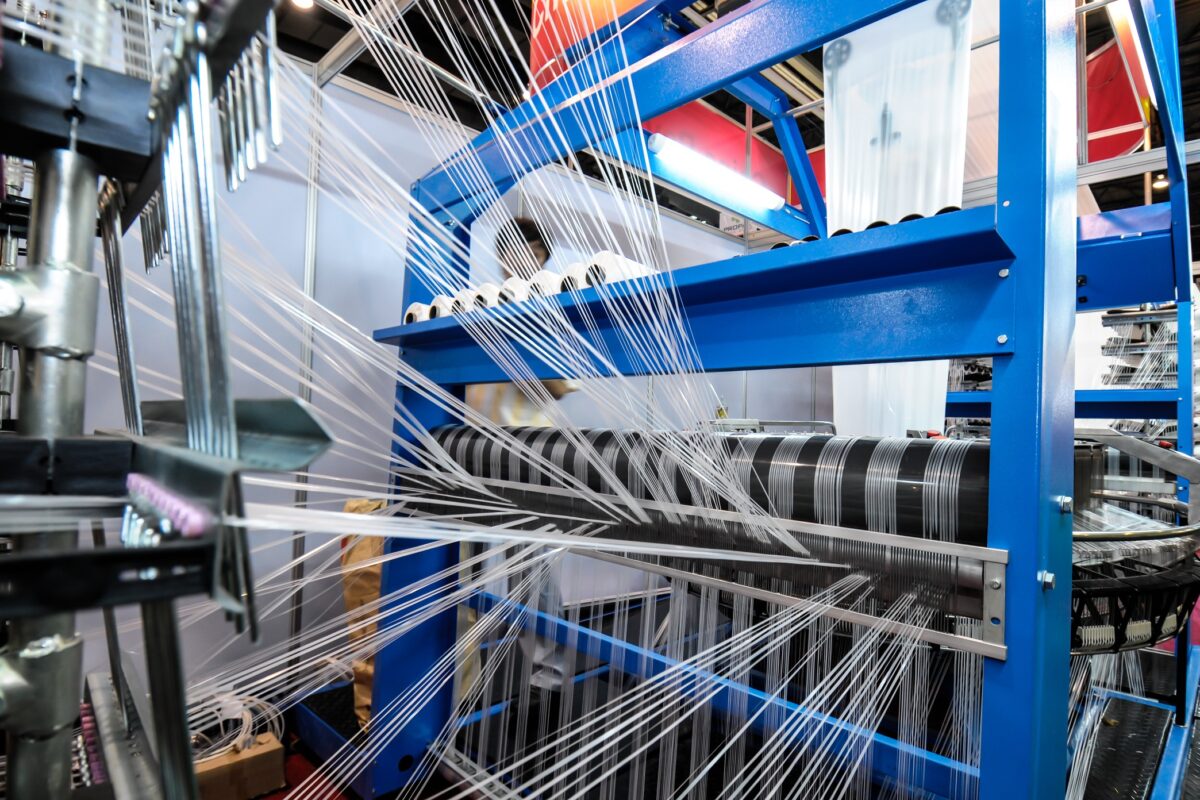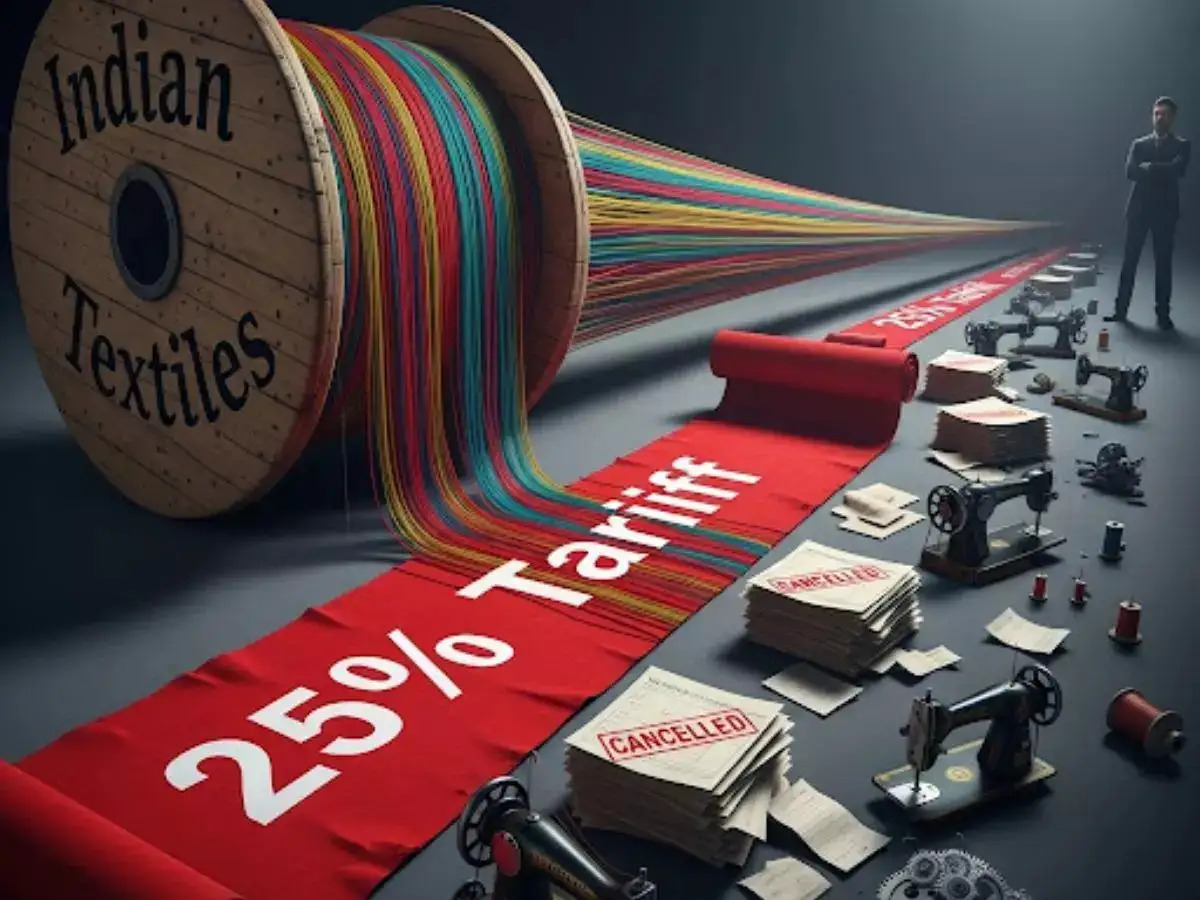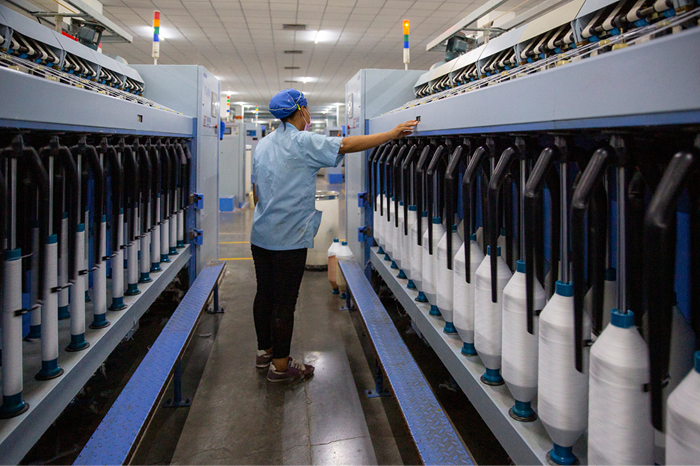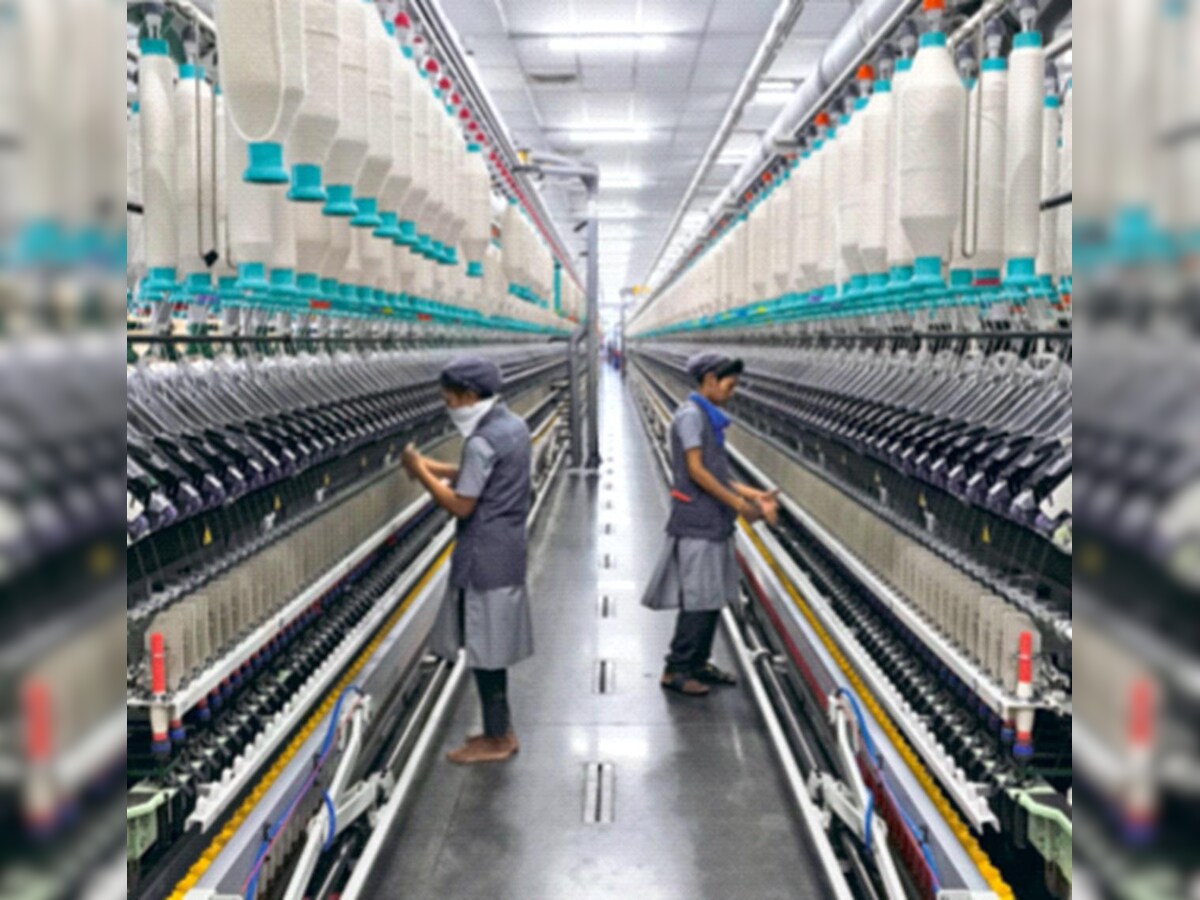"Official statistics released by the China Customs reveal the textile manufacturing sector is going through an intense transformation. Few years ago, many garment factories in China refused to manufacture less than 1,000 pieces of clothing on a single model. These factories also calculated their profit margins based on the massive manufacturing orders and low labor costs. However, now brands are becoming more mature and rational."
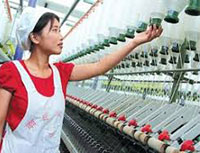 Official statistics released by the China Customs reveal the textile manufacturing sector is going through an intense transformation. Few years ago, many garment factories in China refused to manufacture less than 1,000 pieces of clothing on a single model. These factories also calculated their profit margins based on the massive manufacturing orders and low labor costs. However, now brands are becoming more mature and rational. They are gearing up to take stock of the rising mall rentals, increasing labor costs and the expense of maintaining an unsold inventory.
Official statistics released by the China Customs reveal the textile manufacturing sector is going through an intense transformation. Few years ago, many garment factories in China refused to manufacture less than 1,000 pieces of clothing on a single model. These factories also calculated their profit margins based on the massive manufacturing orders and low labor costs. However, now brands are becoming more mature and rational. They are gearing up to take stock of the rising mall rentals, increasing labor costs and the expense of maintaining an unsold inventory.
US-based Forever 21 officially exited from the market in May, 2019 while Meters/bonwe, a Chinese fashion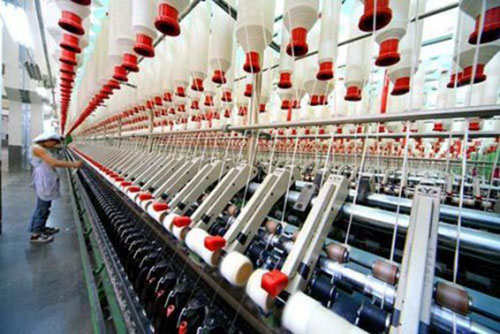 brand established by a Zhejiang entrepreneur, closed 1,500 stores over the past three years. The brand had reported losses worth 150 million RMB for the first half of 2019.
brand established by a Zhejiang entrepreneur, closed 1,500 stores over the past three years. The brand had reported losses worth 150 million RMB for the first half of 2019.
Manufacturing becomes factory-owned
The current situation offers Chinese companies an opportunity to upgrade their products and embrace innovation to remain relevant. China’s textile manufacturing sector is experiencing a structural transformation as many fashion companies are shifting manufacturing from Original Equipment Manufacturers (OEMs) into Original Design Manufacturer (ODMs). This type of manufacturing involves the factory in the research, design, concept and engineering of its clothes. These factories also attach the buyers' label on these garments.
Many factories in the Zhejiang province have transformed their manufacturing model by establishing factory-owned independent brands. These brands are exploring marketing and sales on a variety of e-commerce platform rather than relying solely on mall sales.
Need to strengthen textile reforms
Although China was the first country to pass the water protection regulation in 1988, it made the enforcement of this water protection legislation a priority only recently. Its Ministry of Ecology and Environment drafted the ecological criteria entitled The Standard of Water Waste Emissions for the Textile Industry only recently.
Textile factories in the country are also adopting high-tech automation hybrid with traditional production systems to concentrate on "cleaning up" the dyeing process. Similarly, factories in Shandong, Guangdong and Hunan are improving their water management, since International Finance Corporation (IFC) launched the China Water Program in 2012. However, there is a strong need to deepen these reforms in the Chinese textile industry.



